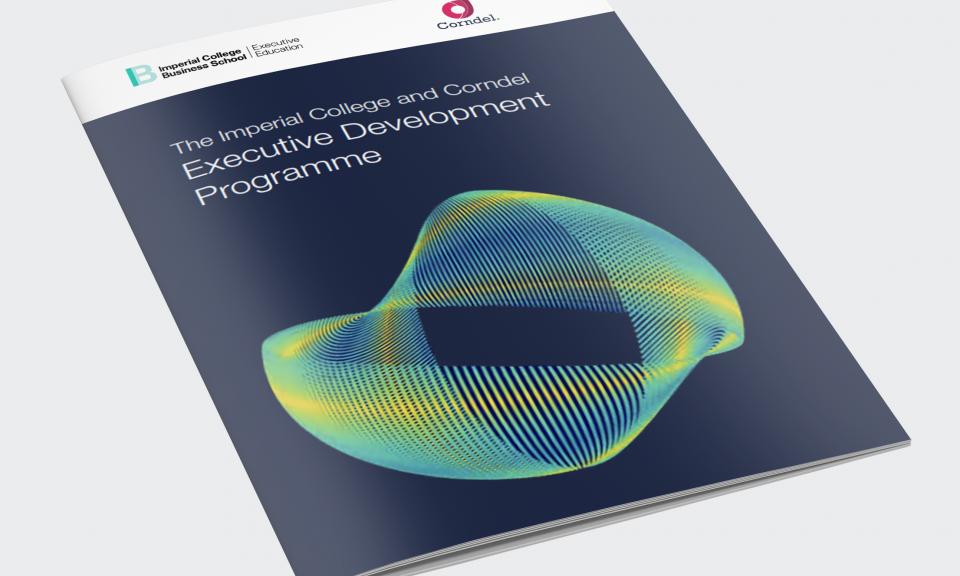
WASHINGTON—The Obama administration is cementing a plan to allow millions of Americans to further slash their monthly student-debt bills, a move to stem defaults that risks raising taxpayer costs for the government’s burgeoning student-loan portfolio.
The Education Department will formally propose rules Wednesday to expand eligibility for a program called Pay As You Earn, which sets borrowers’ monthly payments as a small share of their income. President Barack Obama directed the agency last year to expand the program.
Under the plan, Some six million more Americans would become eligible this autumn for PAYE, Education Department officials said. PAYE caps monthly bills at 10% of a borrower’s “discretionary” income, defined as the amount above 150% of the poverty level. The program typically lowers payments by hundreds and sometimes thousands of dollars.
Only borrowers who took out federal loans after 2007 now have access to PAYE; those with older loans can use a plan that sets payments at 15% of income.
Expanding PAYE would provide “targeted benefits to even more borrowers so they can stay current on their loans and furthers our commitment to lifting the burden of crushing student loan debt,” Education Secretary Arne Duncan said in a statement Tuesday.
The administration said the actions won’t need congressional approval. The agency will accept public comments and then finalize the rules in late October.
Enrollment in the two main income-based repayment plans has tripled over the past two years, though most borrowers still aren’t in them, and defaults remain high.
About 17% of the $1.2 trillion in outstanding student debt was delinquent—meaning a payment hadn’t been made in at least 30 days—as of March 31, according to data from the Federal Reserve Bank of New York. The delinquency rate is 32%, by one estimate, when excluding borrowers who don’t have to make payments yet because they are still in school or have been granted grace periods, St. Louis Fed research shows.
Administration officials worry the defaults are damaging Americans’ credit, hindering their ability to borrow for homes and cars, and slowing the overall economy.
The administration didn’t release cost estimates Tuesday for expanding income-based repayment, but it previously resisted expanding the program due to high costs.
“Expanding eligibility would constitute a significant cost to the government,” the Education Department said in the initial rules that created PAYE, in 2012.
The plans risk raising costs for several reasons. Public workers, mainly those working for government agencies and nonprofits, can make payments under PAYE for a decade; and then, under a separate legal provision, have any remaining balance forgiven at taxpayers’ expense.
Private-sector borrowers can have balances forgiven in 20 years.
Payments under PAYE are often too low to cover interest, allowing the overall student-debt tab to swell and making it even harder for borrowers to pay off the full balance. That is one reason enrollment remains low.
Administration officials have previously said the plans are designed as a backstop for borrowers who run into financial trouble or can’t find a decent-paying job. Reducing defaults helps borrowers maintain good credit while also ensuring the government collects at least partial payments.
Critics, including researchers at the New America Foundation, a Washington think tank, warn the programs are enticing many borrowers who earn decent salaries who don’t need the help. That could ultimately cost the government money, since the government has counted on full payments from those borrowers in its long-term budget forecasts.
[“source – wsj.com”]












